Swift M3603C-USB Handleiding
Swift
Miscroscoop
M3603C-USB
Bekijk gratis de handleiding van Swift M3603C-USB (10 pagina’s), behorend tot de categorie Miscroscoop. Deze gids werd als nuttig beoordeeld door 10 mensen en kreeg gemiddeld 4.3 sterren uit 5.5 reviews. Heb je een vraag over Swift M3603C-USB of wil je andere gebruikers van dit product iets vragen? Stel een vraag
Pagina 1/10

M3600 Series Instruction Manual
WWW.MOTIC.COM

4
ILLUMINATOR – the built-in light source which provides the optical
system with light.
ILLUMINATOR INTENSITY CONTROL –Controls the illuminator’s
brightness.
IRIS DIAPHRAGM - a round multi-leaf device mounted below the
condenser which is controlled by a lever. It is similar to a camera
shutter and controls the amount of light entering the condenser,
allowing the user to control contrast.
MECHANICAL STAGE - an alternative to stage clips is a mechanical
stage. A mechanical stage holds the slide in place, allowing the user to
move the slide on any x/y axis through the manipulation of two control
knobs or a co- control mechanism. axial
NOSEPIECE - the revolving turret that holds the objective lenses,
permitting changes in magnification by rotating different powered
objective lenses into the optical path. The nosepiece must “click” into
place for the objectives to be in proper alignment.
OBJECTIVES - the DIN objectives are standard in the industry, with large
numerical aperture (N.A.) to permit maximum resolution. All objectives
are color-coded and parfocaled The 40XRD and the 100XRD are sealed .
to keep oil residue from seeping into the objective. These two
objectives have a spring loaded tip to prevent accidental breakage of
either the slide or front lens of the objective if they should come into
contact with each other.
ON/ OFF SWITCH - turns the illuminator on o or ff.
STAGE - the table of the microscope where the slide is placed for
viewing. This component moves upward and downward when the
focusing knobs are turned.
STAGE CLIPS - a pair of flexible metal clips attached by spring screws
that hold the slide in position on the stage.
IMPORTANT MICROSCOPY TERMS
APERTURE, ANGULAR - the angle (or cone) of light rays capable of
entering the front lens of the objective from a point in the object. By
increasing the angular aperture of an objective, more light rays from
the specimen can be taken in by the lens; hence the resolving power is
increased.
COMPOUND MICROSCOPE - a microscope having a primary magnifier
(the objective) and a second (the eyepiece) to both conduct light,
amplify magnification and convert the image into a field of view easily
seen by the human eye.

5
COVER GLASS - thin glass cut in circles, rectangles or squares, for
covering the specimen, usually a thickness of 0.15 to 0. I7mm. The
majority of specimens should be protected by a cover glass, and must be
covered when using 40XRD or 100XRD objectives.
DEPTH OF FOCUS - the ability of a lens to furnish a distinct image
above and below the focal plane. Depth of focus decreases with the
increase of numerical aperture or with the increase of magnification.
DIN – (Deutsche Industrial Norman) an international optical standard for
the manufacturing of most quality microscope lenses. Many DIN lenses
will be interchangeable from one DIN microscope to another.
EYE POINT EYE RELIEFor the distance from the eyepiece lens to your –
eye where a full field of view can be seen.
FIELD OF VIEW - the area of the object seen when the image is
observed. It may range in diameter from several millimeters to less than
0.1mm.
FOCAL LENGTH - parallel rays of light after refraction through a lens
will converge to a focus at the focal point. The distance from the
optical center of the lens to the focal point is the focal length.
NUMERICAL APERTURE (NA) – measure of an objective’s a light
gathering capabilities. The concept may be compared to the F-valve in
photographic lenses. Generally speaking, objectives with N.A. values of
less than 1.00 are "Dry" objectives. Values of 1.00 or greater require oil
as a medium. Please note that condensers are part of the optical system
and are also assigned an N.A. value. That value must be at least as high
as that of the highest objective used.
PARFOCAL - a term applied to objectives and eyepieces when
practically no change in focus has to be made when objective of one an
power is substituted for another. The DIN objectives on your Swift
M3600 Series Microscope are parfocaled at the factory to a standard
45mm distance, so that only a slight turn of the fine adjustment is
required when a change is made from low higher power. a er to
RESOLVING POWER - the ability of a lens to clearly separate fine detail.
Resolving power is directly proportional to the numerical aperture of
the optical system.
WORKING DISTANCE the distance from the lens of the objective to the –
cover slip on the slide, when the specimen is in focus.
CORDLESS OPERATION (Cordless models)
The rechargeable battery should be fully charged for approximately 8
hours before the initial use. It can be charged by using the 4.5 volt A/C
adapter included with the microscope. The battery can be used to
Product specificaties
| Merk: | Swift |
| Categorie: | Miscroscoop |
| Model: | M3603C-USB |
Heb je hulp nodig?
Als je hulp nodig hebt met Swift M3603C-USB stel dan hieronder een vraag en andere gebruikers zullen je antwoorden
Handleiding Miscroscoop Swift
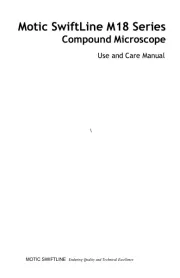
2 April 2025

2 April 2025

29 Maart 2025
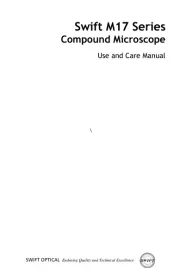
29 Maart 2025

17 Mei 2024

17 Mei 2024

7 December 2023

6 Juli 2023

3 Juli 2023

2 Juli 2023
Handleiding Miscroscoop
- Zeiss
- Celestron
- Nexcope
- Carson
- Traveler
- National Optical
- Reflecta
- Bresser
- Ideal Tek
- Toolcraft
- Leica
- MAGUS
- Discovery
- Levenhuk
- Dino-Lite
Nieuwste handleidingen voor Miscroscoop
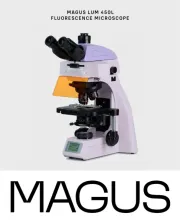
25 Augustus 2025
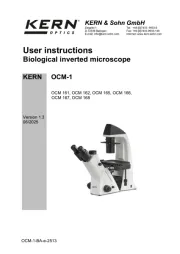
30 Juli 2025
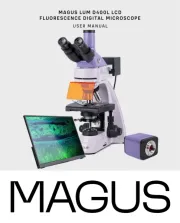
17 Juli 2025
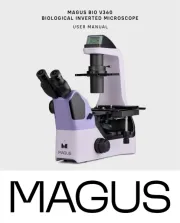
16 Juli 2025
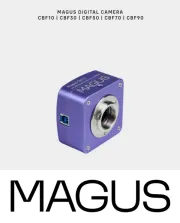
16 Juli 2025
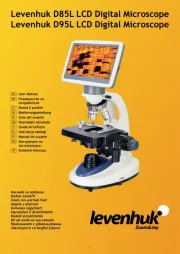
16 Juli 2025
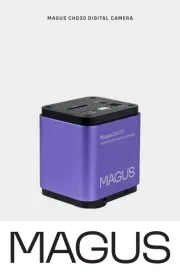
15 Juli 2025
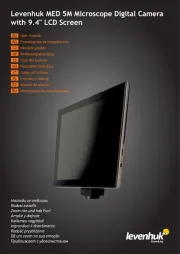
15 Juli 2025

15 Juli 2025
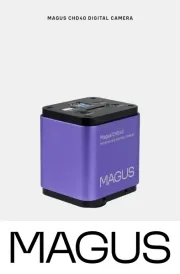
15 Juli 2025